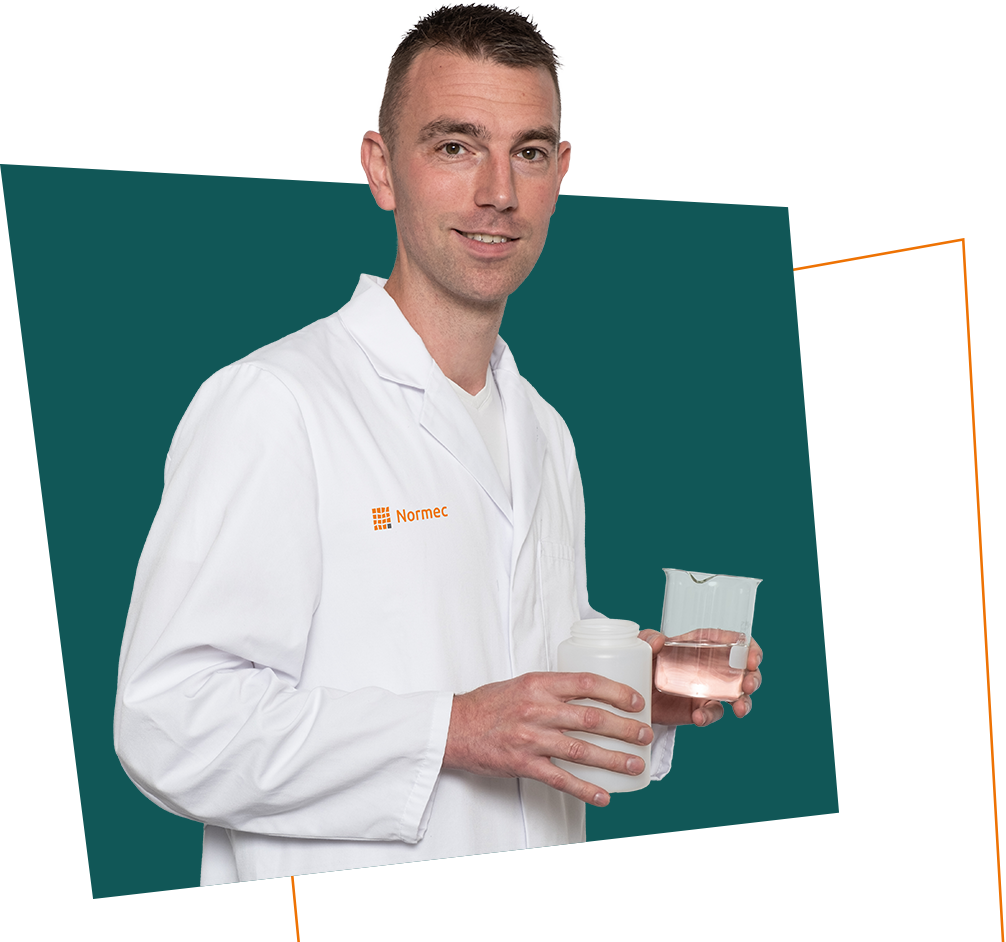What is compostability?
Compostability is the breakdown of a material into organic matter, through the action of microorganisms, such as bacteria and fungi. This includes both biodegradation, which is the breakdown on a biochemical level, and disintegration, which is the timely breakdown on a physical, visual level. Besides degradation, compostability also guarantees environmental safety. Consequently, testing for compostability encompasses four major aspects: material characteristics, biodegradation, disintegration, and ecotoxicity.

